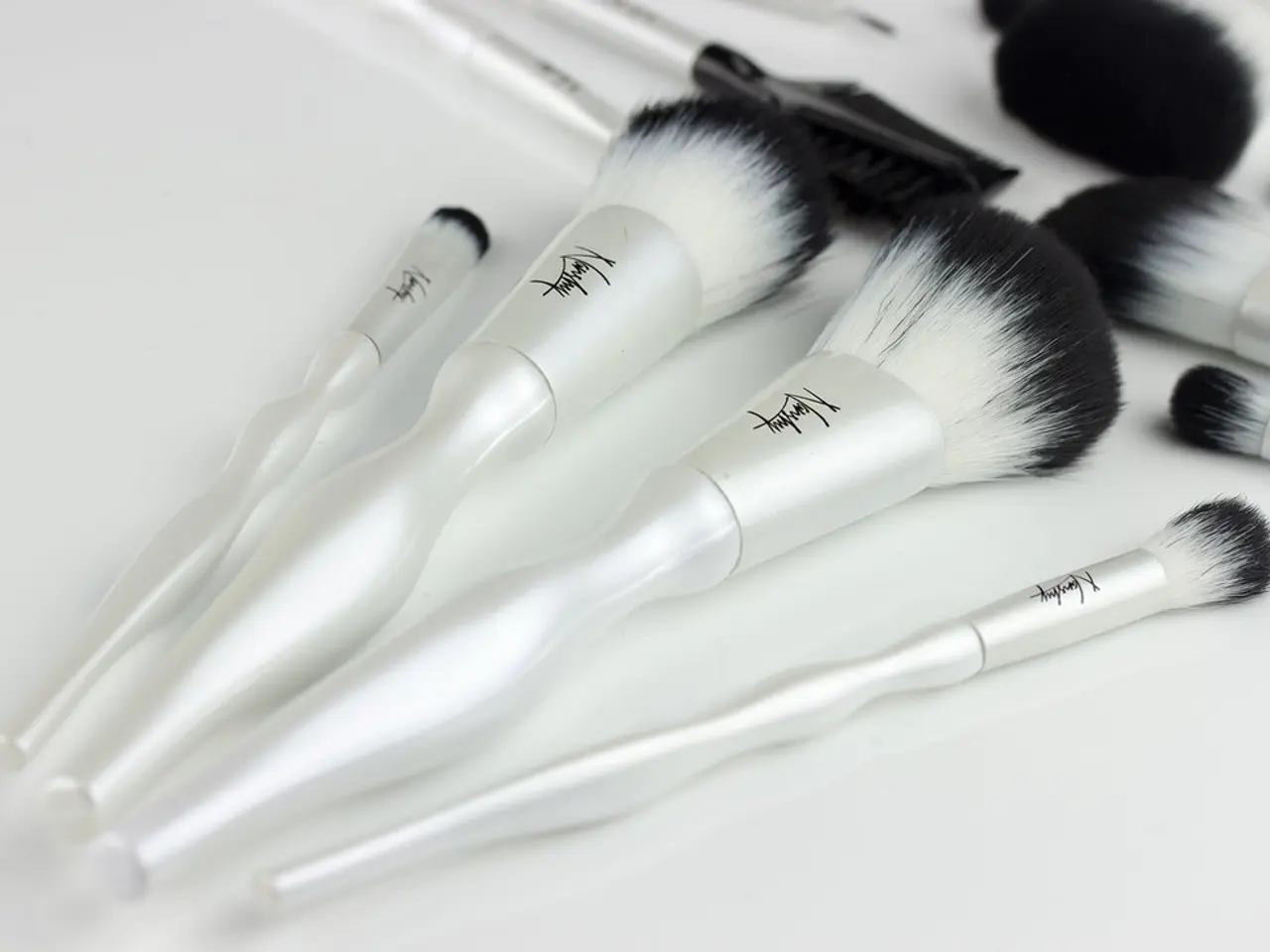Exfoliate Right: Boost Skin Health, Not Irritation
Exfoliation, a vital step in skincare, involves removing dead skin cells to reveal healthier, smoother skin. It's important to know when and how to exfoliate for optimal results.
Exfoliation offers numerous benefits. It removes dry or dull skin, boosts circulation, and brightens the skin's appearance. It also allows moisturizers and serums to be absorbed more effectively. However, it's essential to stop exfoliating if you notice redness, inflammation, peeling, or irritation. Avoid exfoliating if your skin has cuts, open wounds, or is sunburned.
There are two main exfoliation methods: mechanical and chemical. Mechanical methods include brushes, sponges, and scrubs, while chemical methods use alpha-hydroxy acids (AHAs) and beta-hydroxy acids (BHAs). AHAs like lactic acid or mandelic acid are gentle and moisturizing, making them ideal for dry skin. The type of exfoliation and frequency should be tailored to your skin type.
Exfoliation, when done correctly, can significantly improve skin texture and appearance. It's crucial to understand your skin type and condition to choose the right method and frequency. Always stop if you notice adverse reactions, and avoid exfoliating damaged or sensitive skin.




